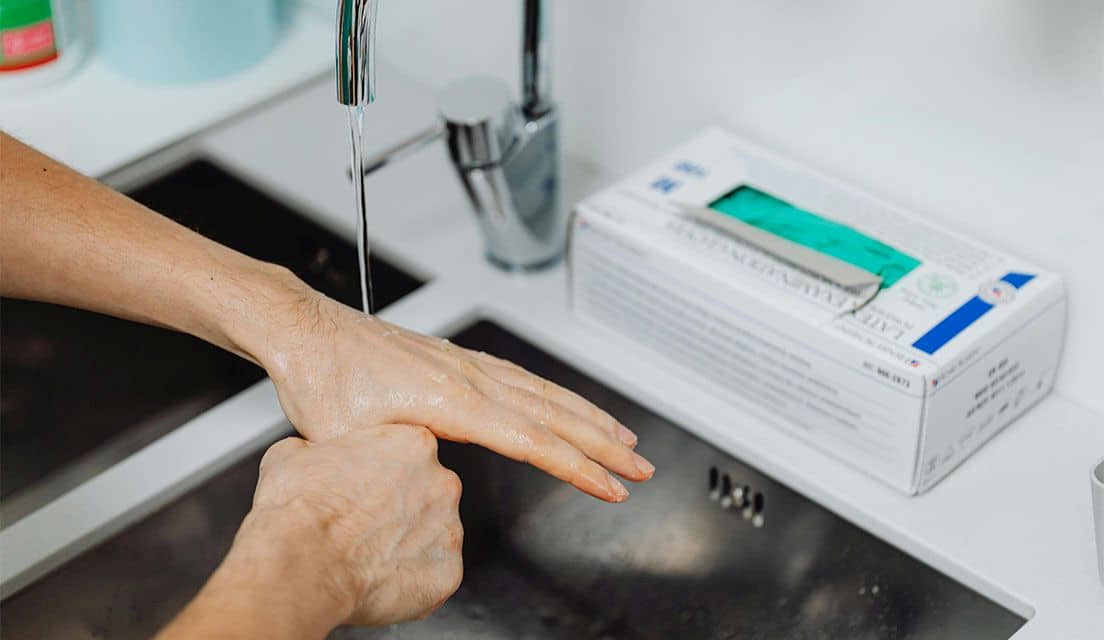What is a healthcare-associated infection (HCAI)
HCAIs are infections acquired by patients during their stay in a healthcare setting or hospital. They are infections that are in some way related to the patient receiving healthcare and were not pre-existing before the patient attended the healthcare facility. Healthcare-associated infections that are picked up in hospital are also known as ‘hospital-acquired infections’.
While it can be difficult for hospitals and healthcare providers to completely stop bugs from spreading, sometimes inadequate hygiene standards are to blame.
According to the Health Service Executive (HSE) the most common types of HCAI are:
- Surgical site infection
- A surgical site infection can occur when bacteria enter the cut made by the surgeon. This cannot always be prevented, but the correct hygiene procedures can reduce the likelihood of it occurring.
- Pneumonia
- Intensive care patients can be vulnerable to hospital-acquired pneumonia if they are on a ventilator or life support machine.
- Urinary tract infection
- Patients who have a catheter tube inserted into the bladder are more likely to develop a urinary tract infection.
- Bloodstream infection
- Patients with a catheter drip placed into a vein are more likely to get a bloodstream infection.
- Gastroenteritis
- Hospital-acquired gastroenteritis is most commonly caused by Clostridium difficile (C-difficile) and the winter vomiting bug, Norovirus.
Along with these infections, MRSA is also one of the most common HCAIs in Irish hospitals, especially for people who are seriously ill and spending a lot of time in hospital.
MRSA is usually spread by hands, for example if a person is caring for someone with MRSA and does not wash or dry their hands properly, the MRSA can be passed on. However, it can also be transmitted by touching objects that have been in contact with an MRSA-infected person, or MRSA pneumonia can be spread through contaminated droplets in the air.
For someone to develop an MRSA infection, there must be some way for it to enter the body, for example through a wound, drip or drain. MRSA is not a risk to healthy people in the community. The main risk is to hospital patients, who are severely ill or are having surgery.
As with any type of infection, HCAIs can lead to sepsis, particularly in those who are already at risk, such as those with chronic illnesses or the immunocompromised.
Proving negligence
The ECDC estimates that up to fifty percent of HCAIs are preventable through the use of appropriate infection and control measures.
However, proving that a HCAI could have been avoided, and is as a result of negligence on the part of the healthcare provider, can be difficult. A full analysis of infection prevention controls that were in place would need to be undertaken to establish if the healthcare provider was at fault.
The investigation would also need to assess whether the required infection controls that were in place were followed properly.
Even if there is evidence of the procedures not being followed, it would still need to be proven that the patient contracted the HCAI in the healthcare setting, and not in the community, or through faultless exposure.
Therefore, a thorough review of the patient’s medical records, and circumstances leading up to the infection, would be needed to investigate if the infection came from another source.
Speak to a solicitor
If you have suffered from a HCAI and believe the infection is a result of negligence from the healthcare provider, contact us to tell us about your case.
Our specialist medical negligence solicitors are highly experienced in healthcare infection claims and will be able to advise you on whether it is possible to make a personal injury claim.
If a case is opened for your HCAI claim, your solicitor will be able to request the relevant reports to provide evidence for your case.

